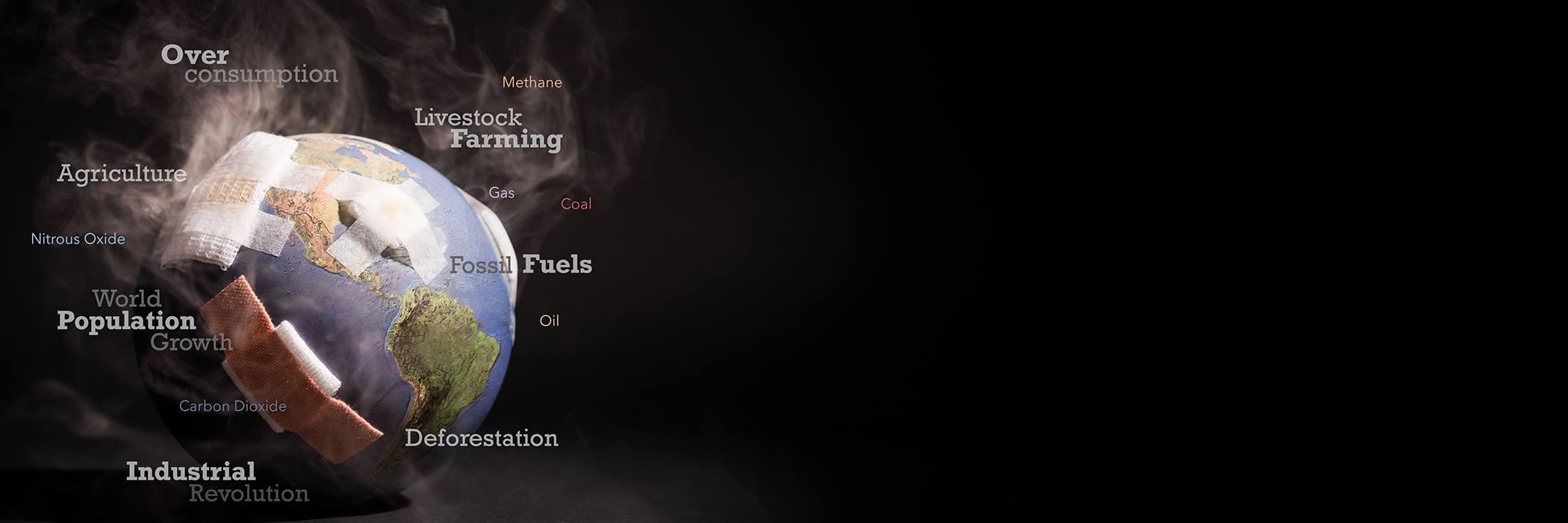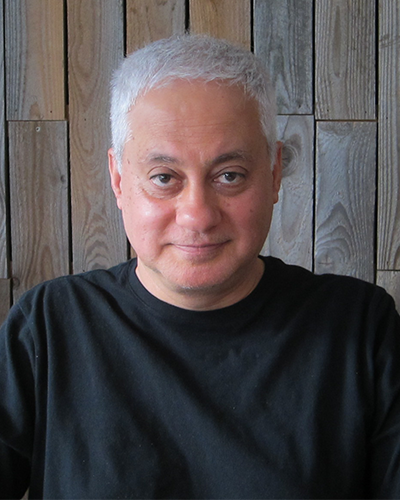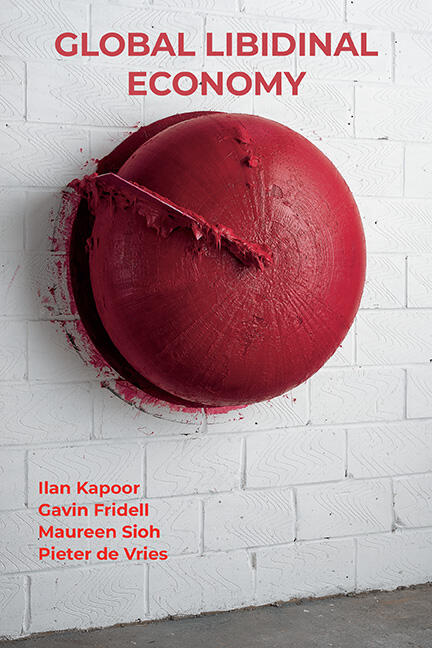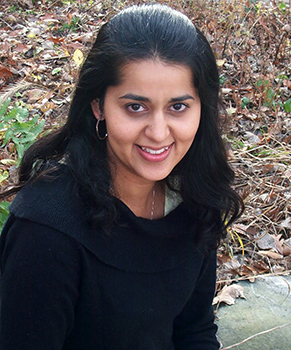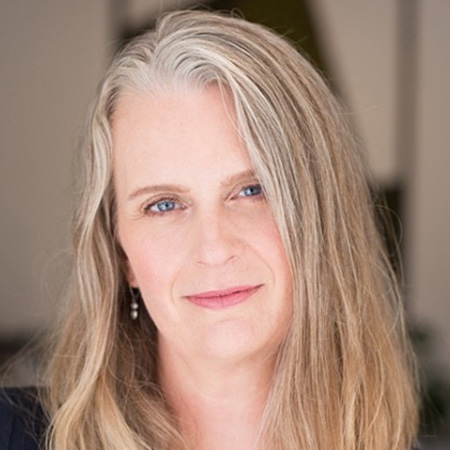The Faculty of Environmental & Urban Change (EUC) at York University, in partnership with Sustainable Buildings Canada, will host the Better Buildings Boot Camp (BBBC) 2023 for undergraduate and graduate students, researchers and instructors from Canadian universities from June 19 to 23, 8:30 a.m to 3:30 p.m.
The BBBC comprises five full-day workshops led by professional and academic experts which explore emergent topics in sustainability and eco-friendly design. Each day’s activities and discussions will bolster the understanding of the camp’s participants as they prepare to plan the deep energy retrofit of York’s Assiniboine Graduate Student Residence.
With its emphasis on experiential education, the camp encourages undergraduate and graduate student participants to form interdisciplinary, inter-institutional groups to network with each other, as well as the diverse groups of builders, researchers and instructors leading the daily activities. The week will begin with participants and activity leaders leveraging each other’s expertise and assembling their groups’ plans in order to end the week by presenting their ideas and providing feedback to the project building team who will renovate the 51-year-old, 19-story residence at 320 Assiniboine Rd.
By collaborating with academics and technicians, BBBC organizers expect that participants will enjoy a hands-on learning experience that dissolves the boundary between theoretical and practical education, and inspires the next generation’s best minds to endeavor for a future that is sustainable and equitable.

“The Better Buildings Boot Camp is an excellent experiential education opportunity that emphasizes the collective responsibility of environmental professionals working towards change in our community,” says Aren Sammy, EUC experiential education coordinator, community partnerships and employers. “This experience takes eager-to-learn students, seasoned professionals and our own alumni to work alongside EUC, York facilities and sustainability offices to get one step closer to net zero emissions by 2049.”
To maximize the accessibility of this year’s event, all introductory, networking and consultation activities – including those with York’s Facilities team – will be hosted as webinars for participants at York and at partnering institutions.
Initially conceived as a joint effort between George Brown College, Seneca College, University of Toronto, Carleton University and Toronto Metropolitan University, the boot camp has expanded year after year adding more Canadian institutions into the partnership, with the 2023 instalment marking the first time that York has hosted the event.
“This is how we make a difference, it takes all of us to come together with our specializations to work towards one goal, a more just and sustainable future,” Sammy adds.
A summary of each day’s themes and speakers are included below, for a detailed event schedule, including breaks and mixers, click here.
- Monday: Goals – featuring Mike Singleton, executive director of Sustainable Buildings Canada (SBC); Bettina Hoar, CEO and sustainability officer of Sage Living; Nicole Arsenault, program director, sustainability; and more
- Tuesday: Tools – featuring Juan Sebastián Carrizo, senior building performance consultant at DIALOG; Sean Sirgi, building performance analyst at EVNA Engineering; and more
- Wednesday: Humans – featuring Leslie Kulperger, founder and CEO of MylesAhead; Jayde Malam, founder and accessibility consultant at Beautifully Inclusive; and more
- Thursday: Workshop – featuring Mike Layton, chief sustainability officer at York University; the York University Facilities team; the SBC consultation team; and more
- Friday: Lessons Learned – featuring EUC alumnus David MacMillian, program manager at City of Toronto; Justin J. Podur, EUC associate dean, teaching and learning; Alice J. Hovorka, EUC dean; and more
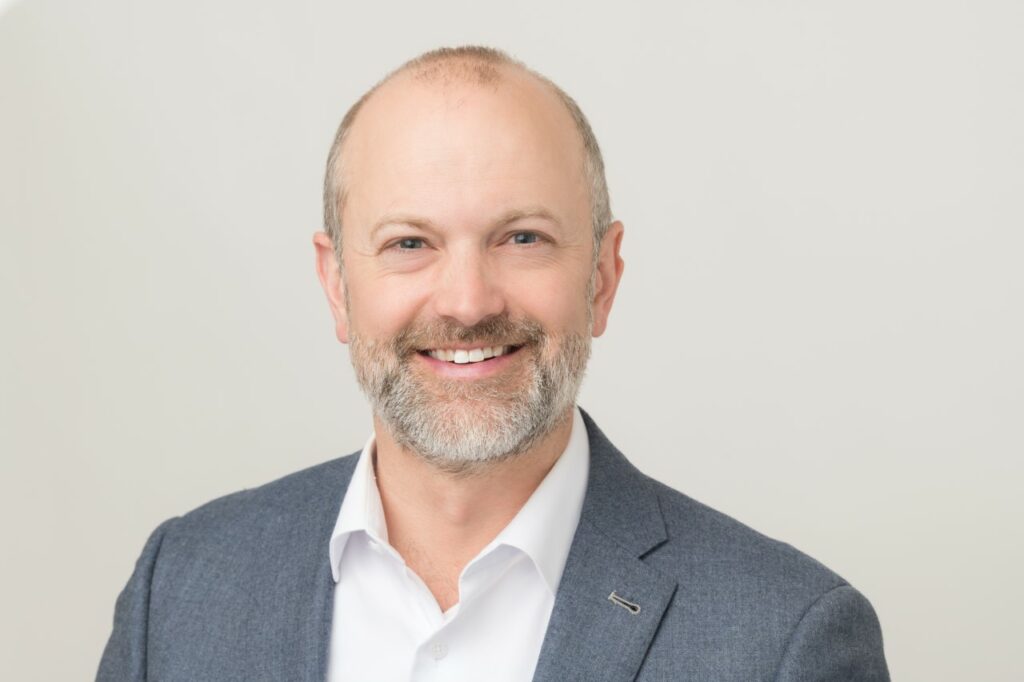
During Thursday morning’s session, Layton – who joined York in March after serving for 12 years as Toronto city councillor and who continues to be an environmental champion – will share his personal knowledge with the SBC and York facilities teams and help shape the project proposals that will make the residence a net-positive development for the campus environment.
“The buildings we live, work and play in, at York University and everywhere, play an important role in achieving our sustainability objectives,” Layton says. “The BBBC workshop is a great opportunity for students, practitioners, and York staff to learn from each other and put into practice their expertise in a collaborative and practical application.”
This year’s BBBC is currently approaching 70 student registrants representing 19 different schools across Canada and 10 unique fields of study. Registration for the event will remain open until Friday, June 16 at 5 p.m. Due to limited space, interested parties are encouraged to apply as soon as possible. For more information and to sign up for BBBC 2023, click here.



